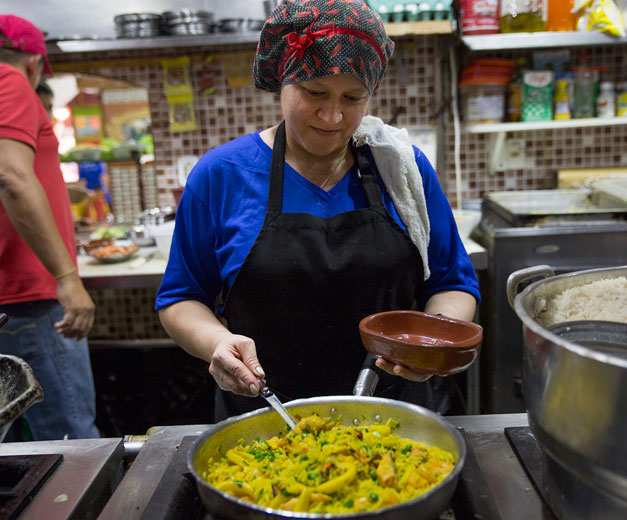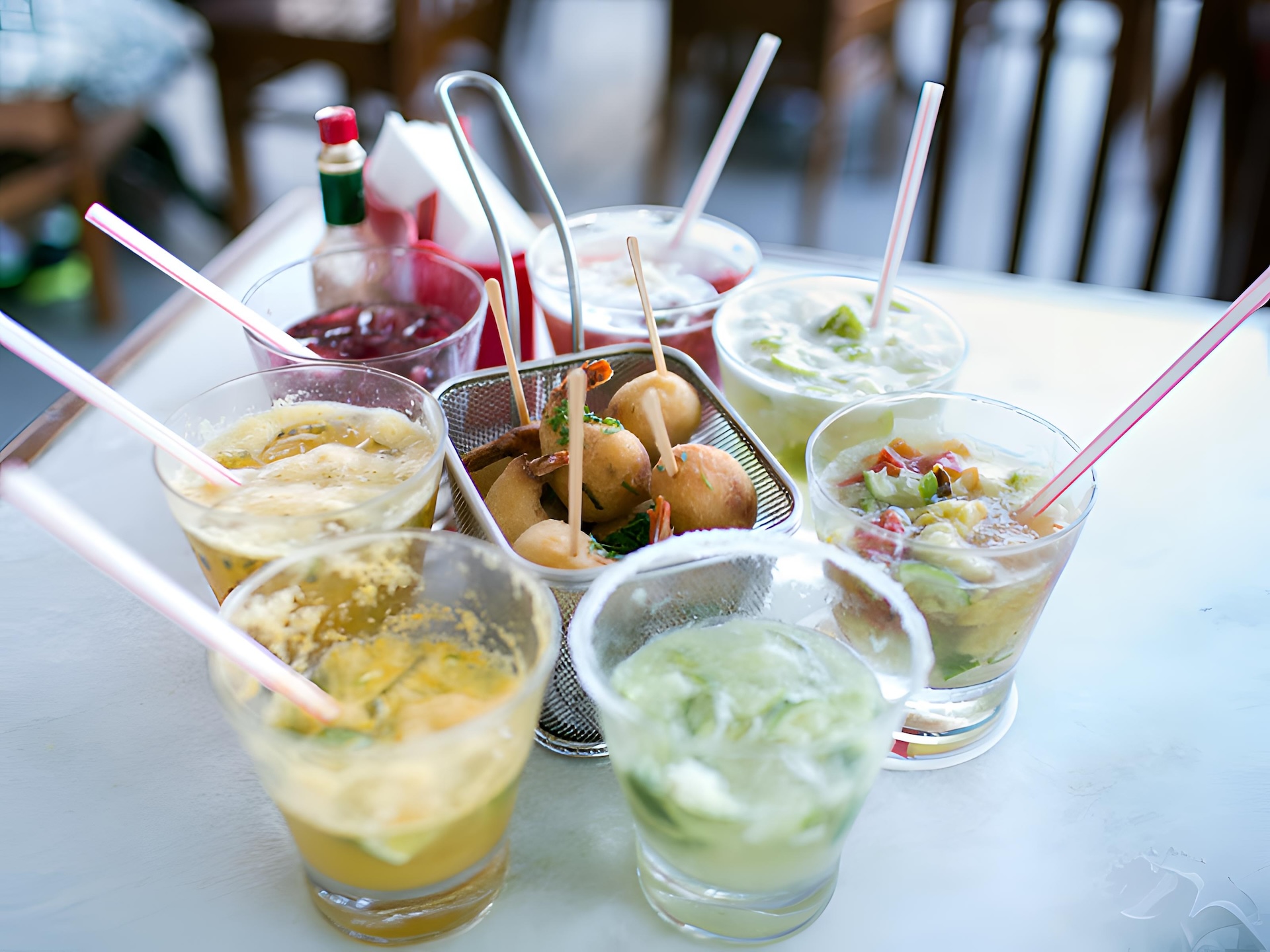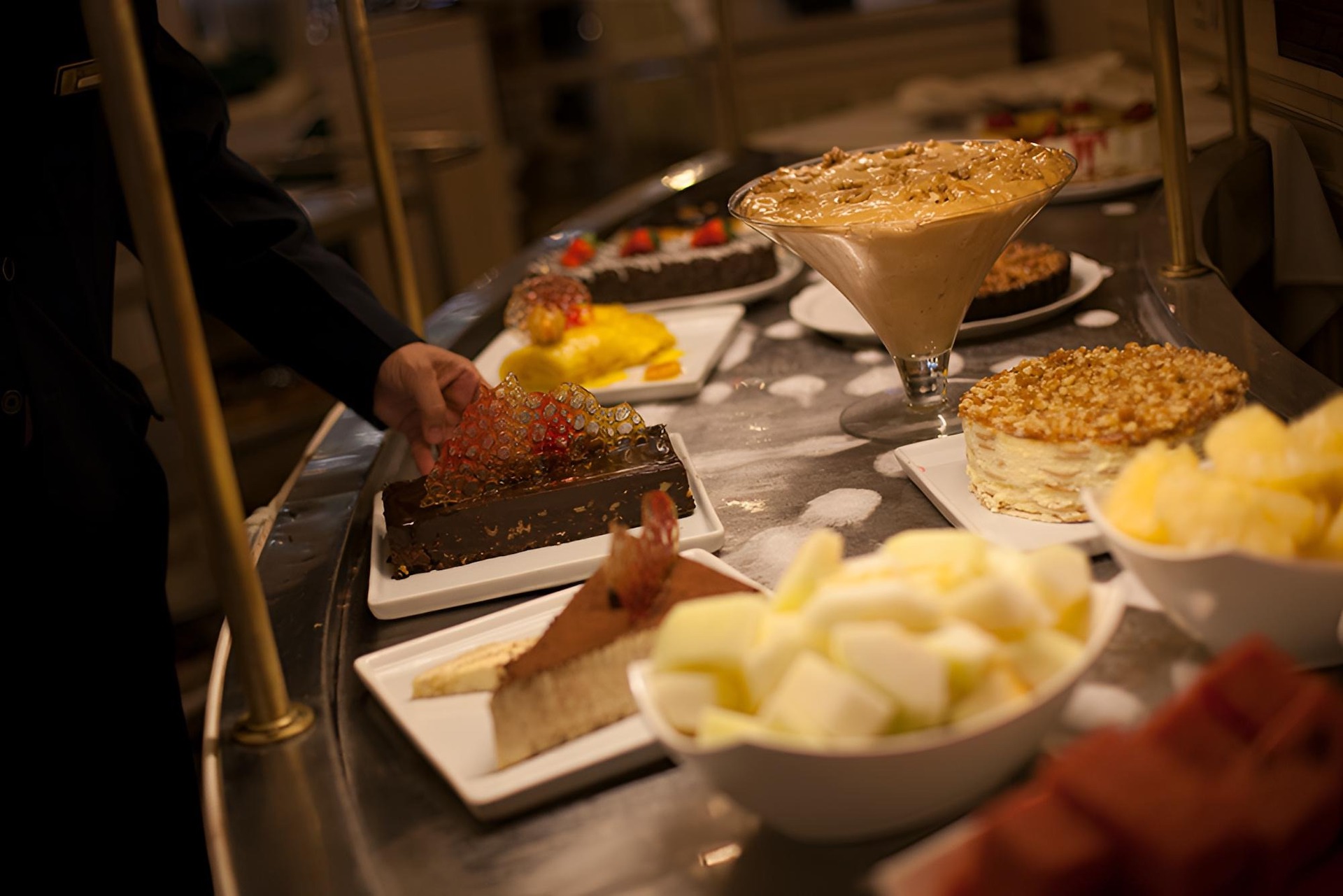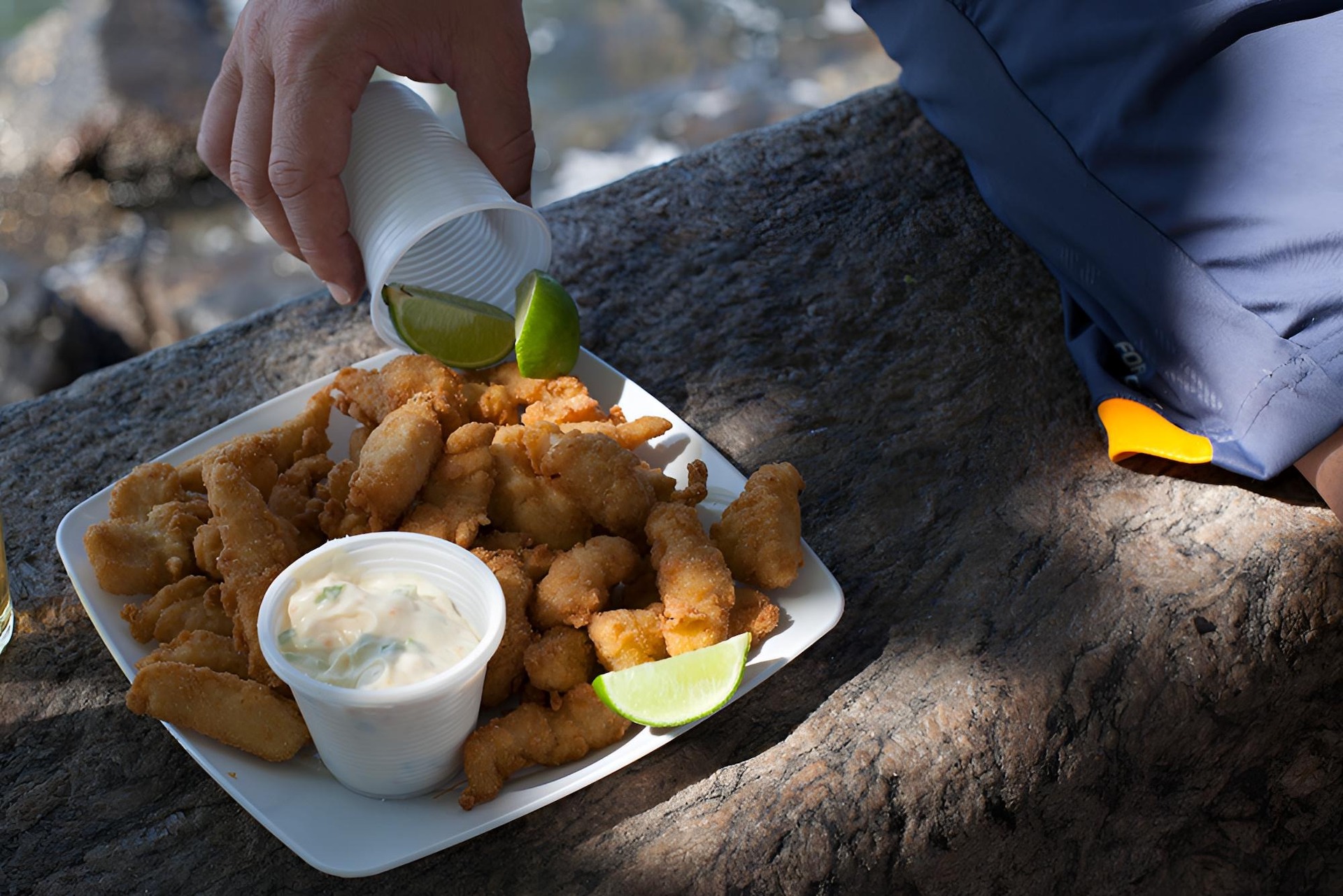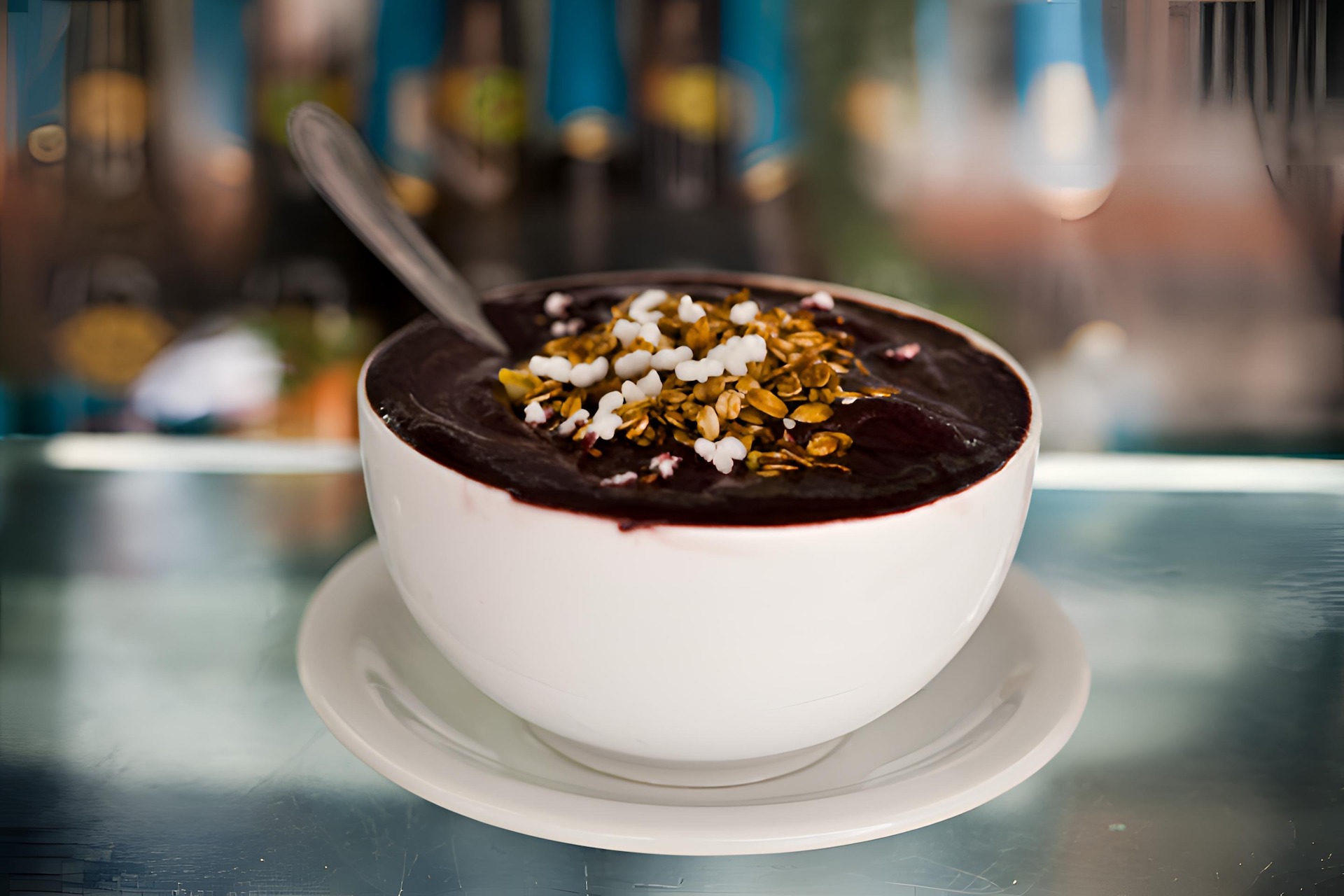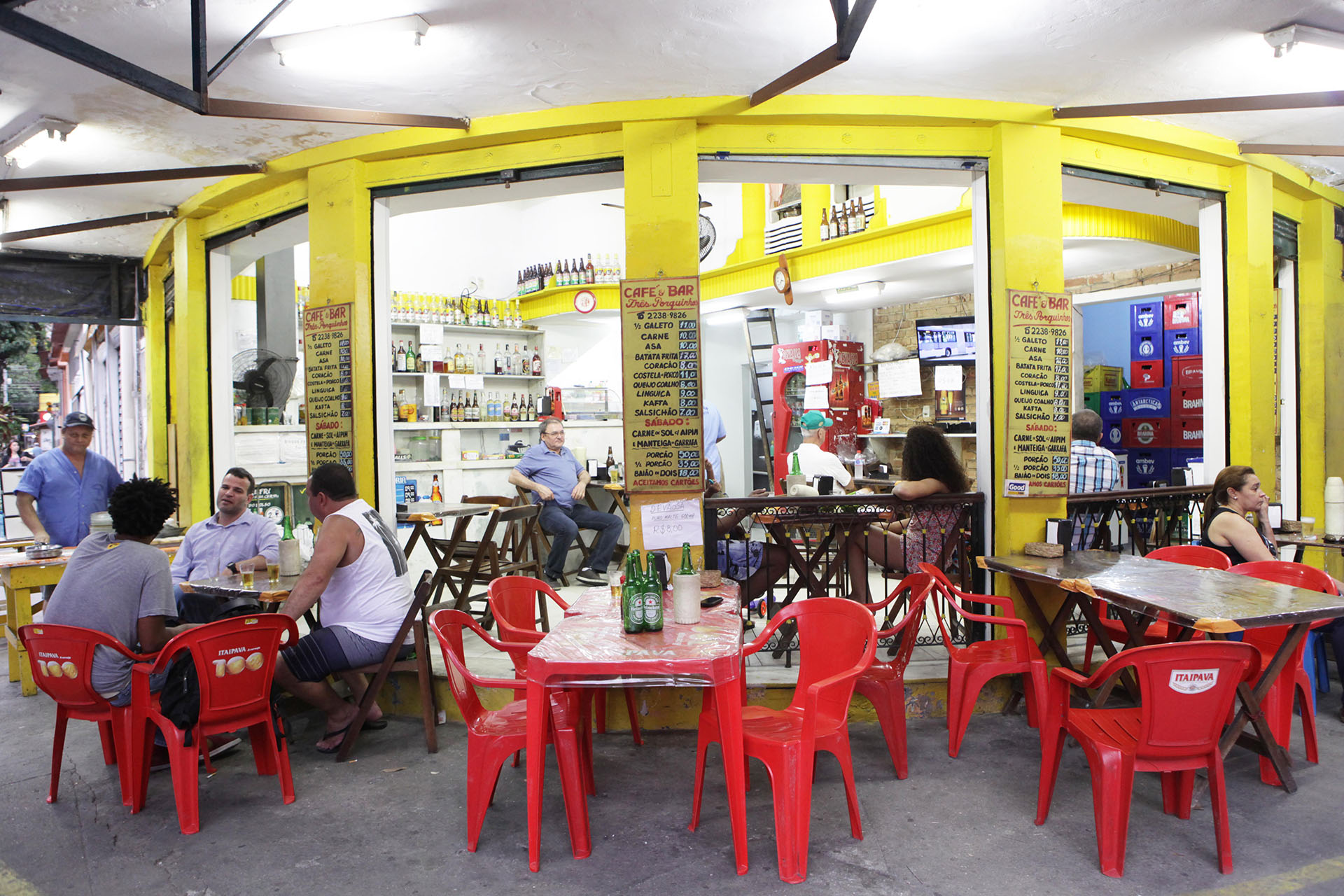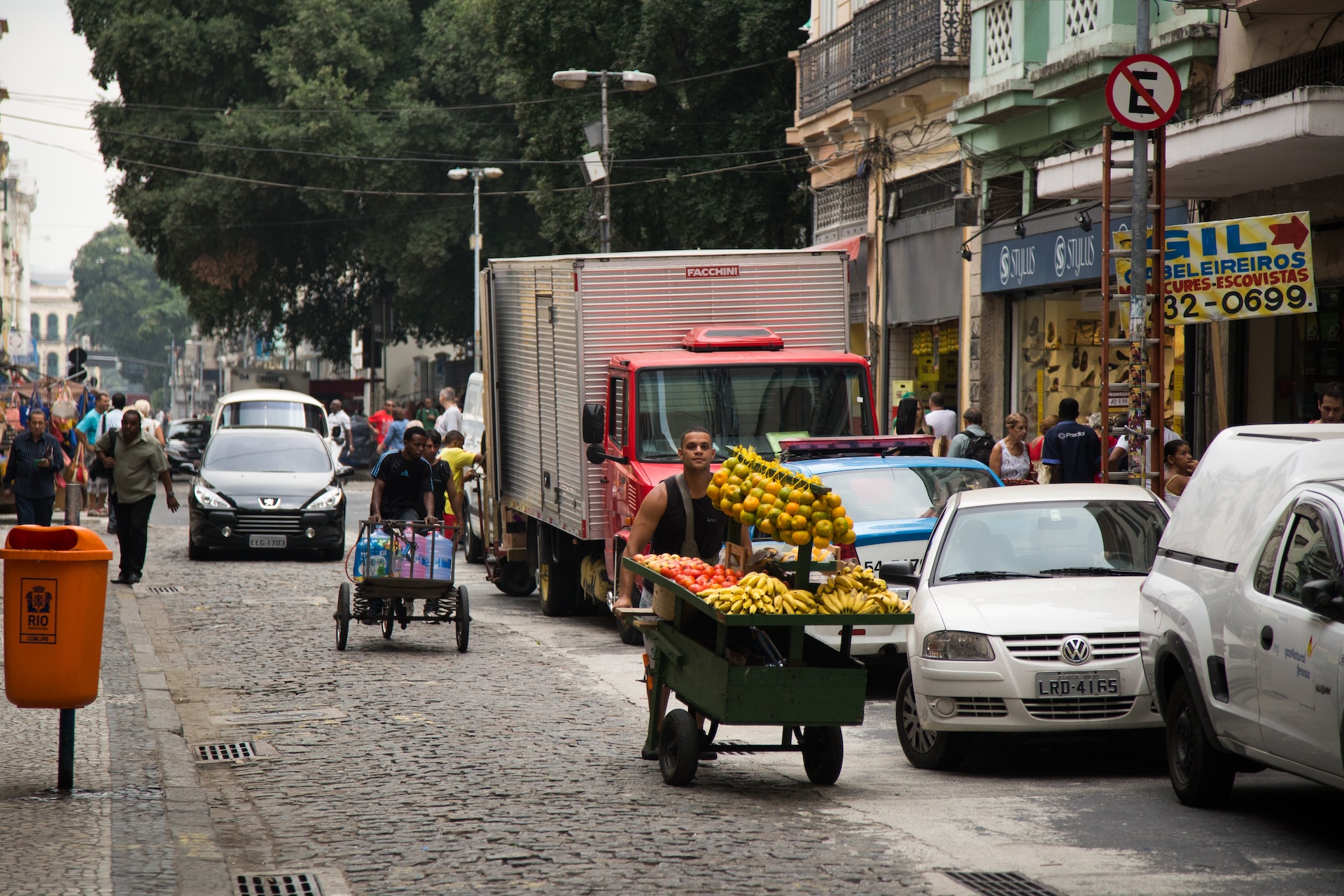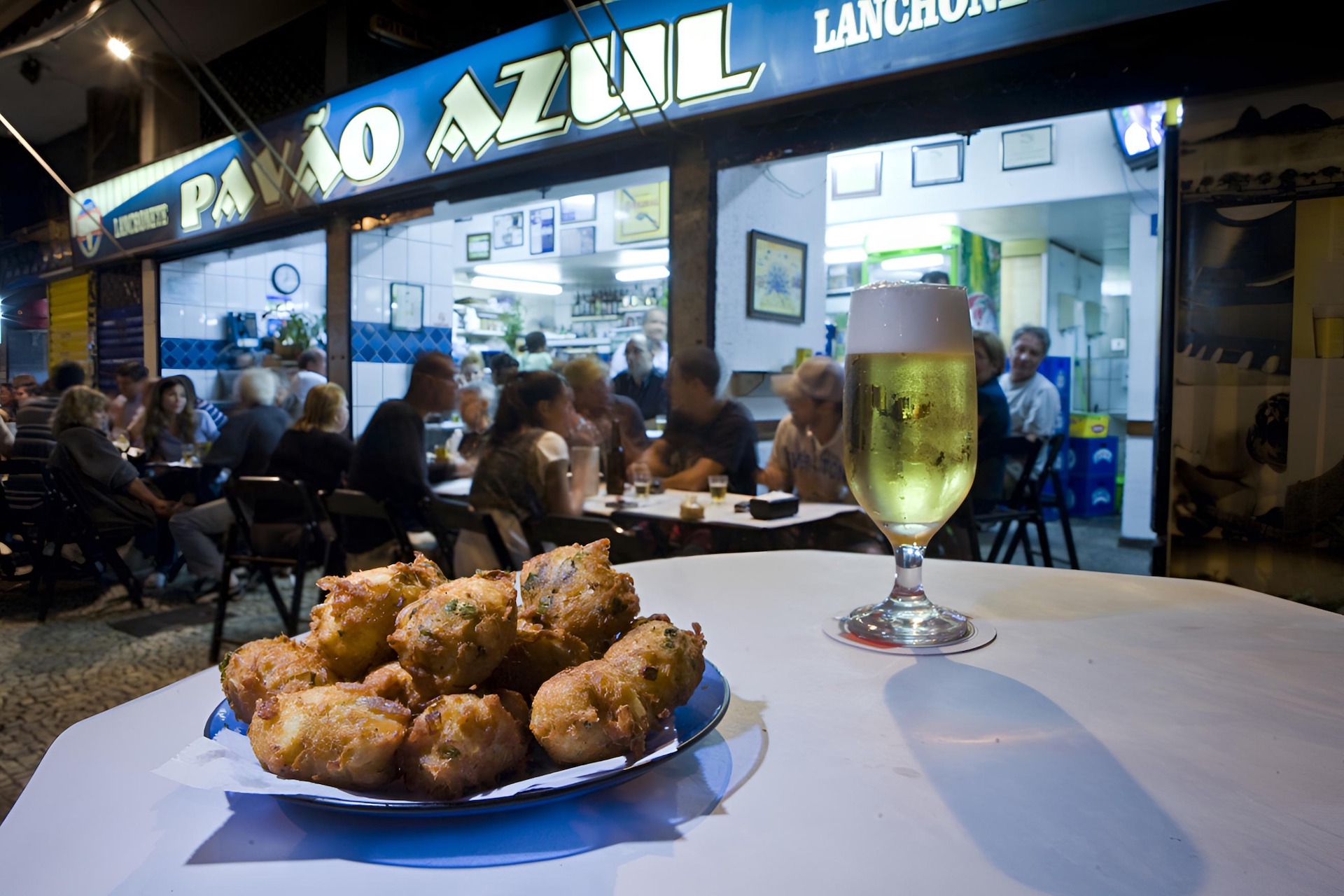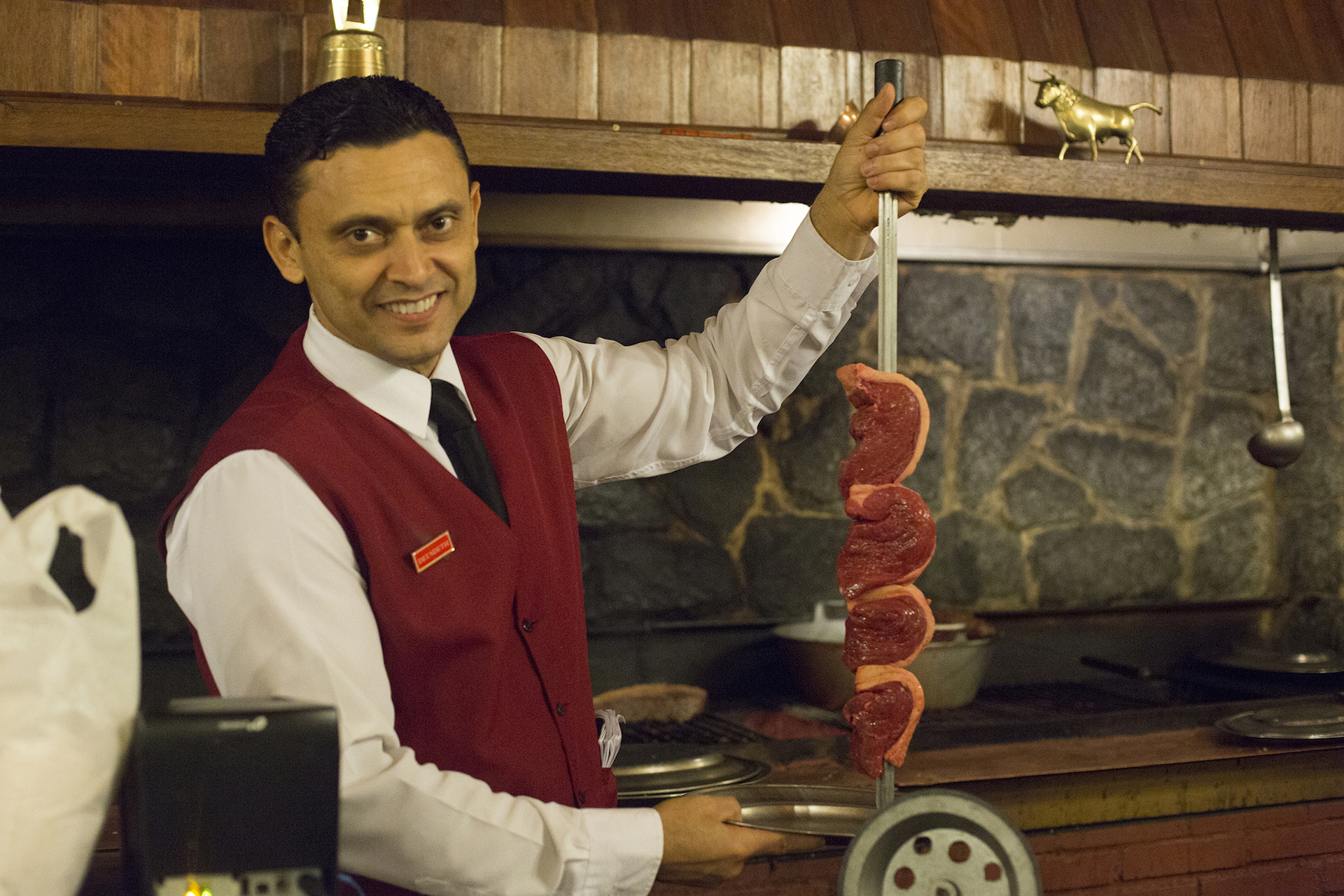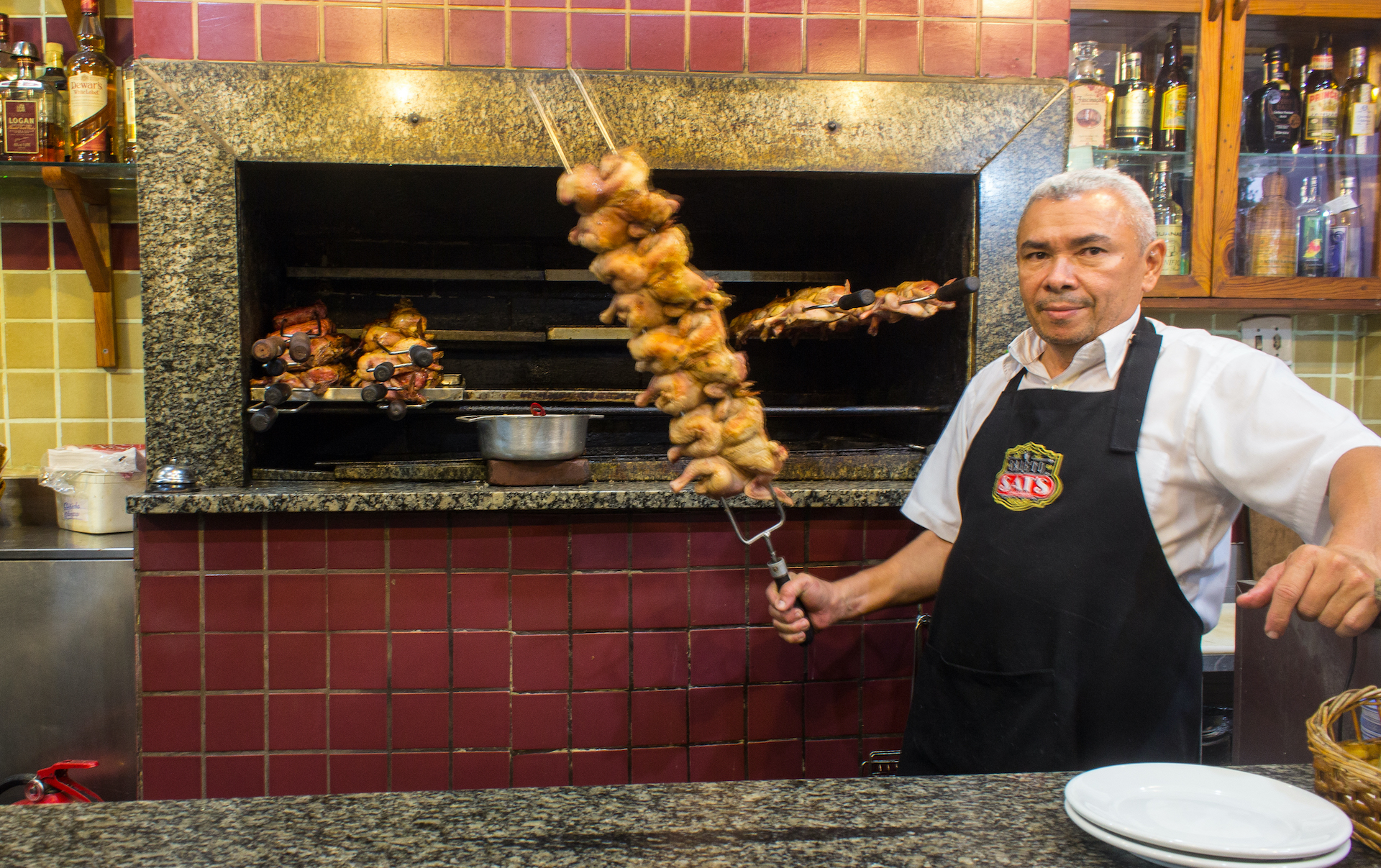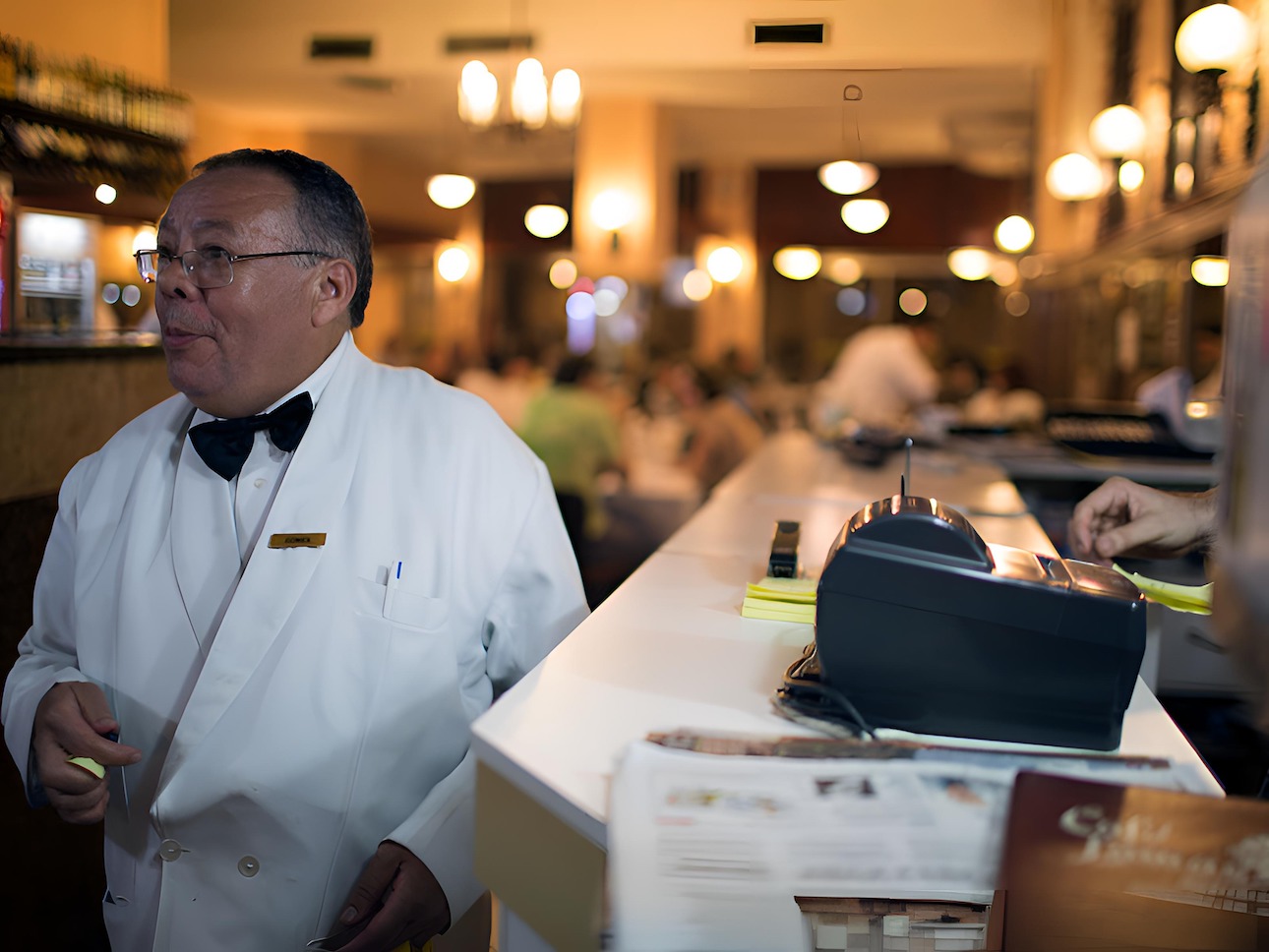We can't find the internet
Attempting to reconnect
Something went wrong!
Hang in there while we get back on track


Rio
Rio's culinary record
Rio is a city that cuts no corners when it comes to making its grub gostoso, which, in Portuguese, is used both to mean “tasty” and as a typical pick-up line to call someone attractive. If – as is popularly said here – God is Brazilian, Rio would be its Garden of Eden, brimming with the fruits of temptation.
Get the Full Story →
Get Your Free Pocket Guide
Introducing our pocket-sized city guides — perfect for your next culinary adventure. Yours free when you sign up for our newsletter.
Get Your Free Pocket Guide
Introducing our pocket-sized city guides — perfect for your next culinary adventure. Yours free when you sign up for our newsletter.
Visual Dispatches from the Frontlines of Local Eating
Rio Videos
Your Questions, Answered
The South American city of Rio de Janeiro and its exuberant spirit sprawls along Brazil’s southeastern coast, between dramatic, jungle-clad mountains and the vast Atlantic. Dominating the view are the geological titans of Sugarloaf and Corcovado Mountains, as well as Rio’s famous beaches, including Copacabana and Ipanema.
Sugar Loaf and Corcovado are famous for a reason, and worth the line to get a sweeping view of the city. And no trip to Rio can ignore the beaches. We also recommend just walking the city’s neighborhoods, like oceanfront enclave Urca and artsy Santa Teresa, which clings to the hillside. Have a good wander until you come across live samba music in any of the city’s neighborhoods. Most of all, eat, drink, and be merry.
Rio is great year-round, but if you want to sidestep the sweaty throngs and the most intense heat, aim for March through November. Winter (June-August) is mild. Some visitors also choose to brave the summer heat to revel in Rio’s legendary carnival, which occurs during February or early March – though expect restaurants to be closed during that time and be aware that temperatures can rise to 100°F.
Think tropical. Summer (December-February) is a full-on embrace of heat and humidity, often punctuated by downpours that clear the way for even more humidity. Winter (June-August) offers a bit of a respite, with temperatures dropping a touch. Spring and autumn are Goldilocks weather – warm, sunny, and just right for wandering and eating.
Rio won’t necessarily bleed your wallet dry if you play things right. The botecos sling out incredible, affordable bites, and you can find comida por quilo (food by the kilo) joints that are both delicious and easy on the budget. The price spectrum for accomodation is wide, and the subway is generally reliable and reaches many areas visited by tourists. A decent 3-star hotel might cost $70-120 per night, though you can find hostels and pousadas (guesthouses) for less. Coffee is around $2-4, a beer about $1.50-3, and a sit-down meal $15-30 or more. Street food is certainly cheaper, from $1-6. Public transport can cost around $1.50 per ride.
Certain neighborhoods are safer than others, but in all neighborhoods, we recommend being aware, keeping your valuables close, and remaining careful after dark. We suggest researching specific neighborhoods and getting local advice to ensure a safer experience – you can always get the lowdown from your Culinary Backstreets guide.
“Best food” is a rabbit hole we happily climb into. Tackle a local feijoada or moqueca stew, snag some iced matte tea and lemonade on the beach, and head into a juice bar to take advantage of all that beautiful tropical fruit readily available. Check out our coverage from Rio locals for recommendations on the best botecos and bars for small plates, including savory snacks and seafood.
Where you stay in Rio can really shape your experience. Copacabana, Ipanema, and Leblon are iconic for a reason and lie right along the subway line. If you are looking for a slower-paced neighborhood that still has tons of character and are comfortable depending more on taxis and ride-hailing apps, Santa Teresa’s cobbled streets and artistic vibe might be the thing. So too could Urca, Lagoa, or Jardim Botânico.
Brazil currently has no COVID-19 testing, proof of vaccination, or quarantine requirements for entry. It’s always a good idea to check the latest Brazilian government guidelines before you travel, as things can change.
As of April 10, 2025, a visa is required for US citizens entering Brazil. Americans may apply for an e-visa for stays up to 90 days. For more information about visa requirements and the online e-visa application, head to https://brazil.vfsevisa.com.
Rio’s main gateway is Galeão International Airport (GIG), and it handles a large number of international flights direct from the US.
Rio is beaches. Copacabana, Ipanema, Leblon – they’re all right there, part of the city’s DNA. But if you’re feeling adventurous, a drive along the Costa Verde will reward you with even more stunning stretches of sand. Great destinations just outside of the city include Buzios, Paraty, and Ilha Grande.
Rio can definitely be a playground for kids. Beaches are a natural draw, and places like the Botanical Garden and Parque Lage offer a different kind of exploration. The cable car up Sugar Loaf is a favorite for all ages.
Several popular beaches, like Copacabana and Ipanema, offer accessible pathways and ramps, as do some of the major tourist sites. However, older sidewalks and public transportation can still be a challenge. It’s always best to research specific areas and modes for getting around.

